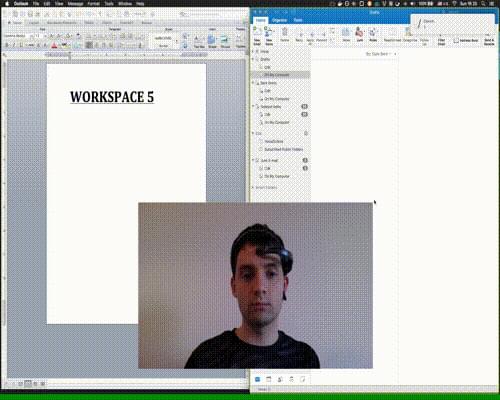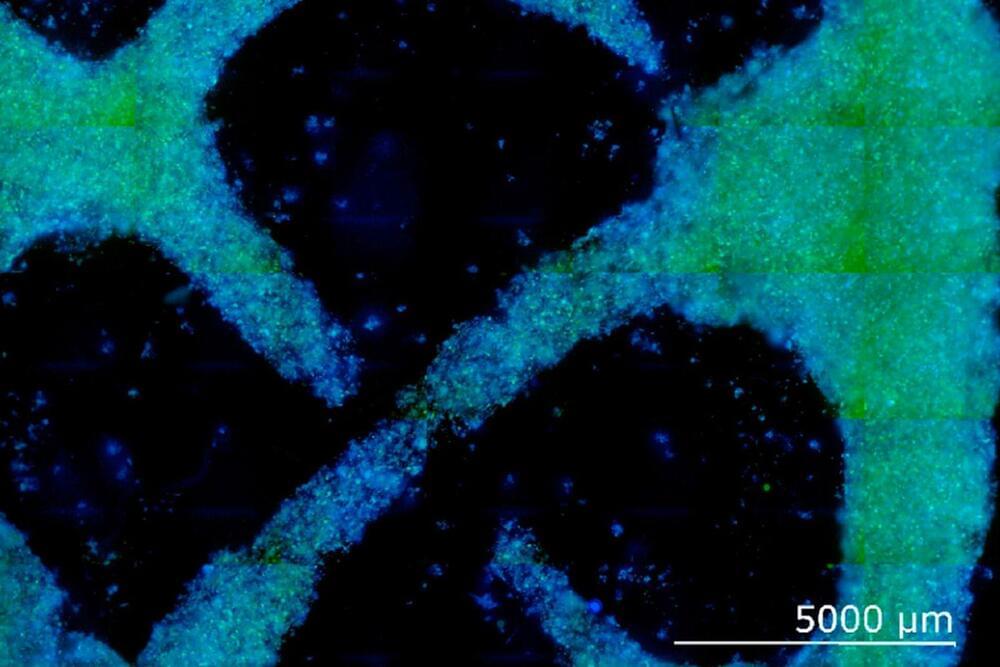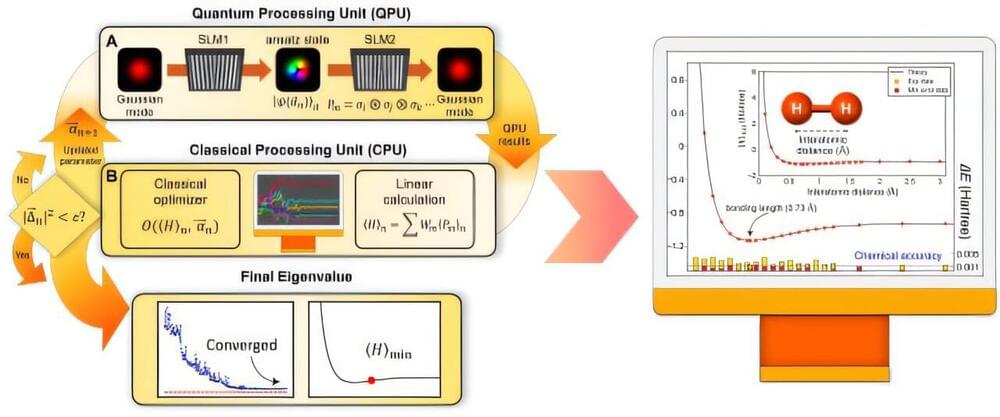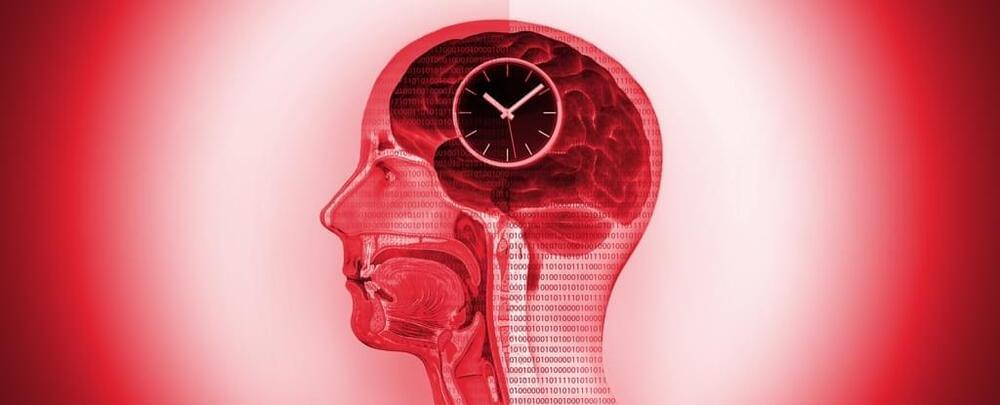Page 342
Nov 21, 2024
Torso: New creepy humanoid robot with water-powered muscles unveiled
Posted by Shubham Ghosh Roy in categories: biological, robotics/AI
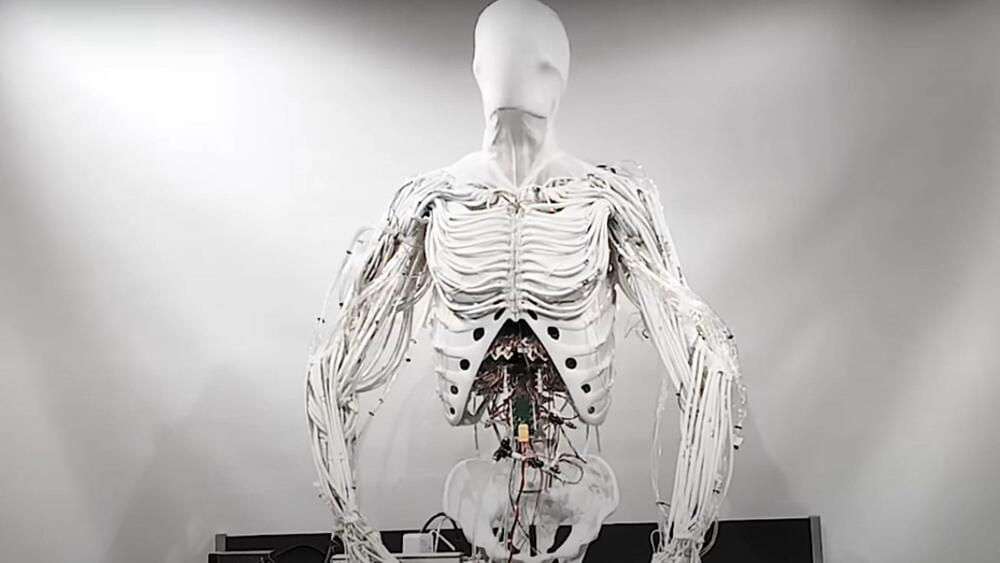
Clone Robotics unveils “Torso,” a humanoid robot with water-powered muscles, mimicking biological movements.
Polish startup Clone Robotics is working on biomimetic robots — one that can carry out movements much like biological creatures.
Nov 21, 2024
Scientists use ‘sleep age’ to infer longterm health
Posted by Shubham Ghosh Roy in categories: biotech/medical, health

Numbers tell a story. From your credit score to your age, metrics predict a variety of outcomes, whether it’s your likelihood to get a loan or your risk for heart disease. Now, Stanford Medicine researchers have described another telling metric — one that can predict mortality. It’s called sleep age.
Sleep age is a projected age that correlates to one’s health based on their quality of sleep. So for instance, if you analyze the sleep characteristics of dozens of 55-year-olds and average them out, you’ll have an idea of what sleep looks like at that age. For instance, someone who’s 55 and sleeps soundly through the night with good quality REM cycles could, theoretically, might have a sleep age of 45.
Nov 21, 2024
Furniture of the Future Could be Made from Lab-Grown Wood
Posted by Shubham Ghosh Roy in category: futurism
Nov 21, 2024
Photon qubits challenge AI, enabling more accurate quantum computing without error-correction techniques
Posted by Shubham Ghosh Roy in categories: chemistry, information science, quantum physics, robotics/AI
In an era where AI and data are driving the scientific revolution, quantum computing technology is emerging as another game-changer in the development of new drugs and new materials.
Dr. Hyang-Tag Lim’s research team at the Center for Quantum Technology at the Korea Institute of Science and Technology (KIST) has implemented a quantum computing algorithm that can estimate interatomic bond distances and ground state energies with chemical accuracy using fewer resources than conventional methods, and has succeeded in performing accurate calculations without the need for additional quantum error mitigation techniques.
The work is published in the journal Science Advances.
Nov 21, 2024
Why did Neanderthals and humans bury their dead? Scientists have a new theory
Posted by Shubham Ghosh Roy in category: futurism
The two species began burying their dead at roughly the same time and place. Now some archaeologists think competition may have played a role in burials.
Nov 21, 2024
When a bomb cyclone meets an atmospheric river, the result is like an out-of-control fire hose
Posted by Shubham Ghosh Roy in category: climatology
A powerful storm hitting the West Coast combines these weather phenomena for a wet week in many areas. But forecasting exactly which areas will get hit hardest is tough, as a meteorologist explains.
Nov 21, 2024
Charting the Cosmic Shoreline: Which Planets Have Atmospheres?
Posted by Shubham Ghosh Roy in category: space
Which of the nearly 6,000 known exoplanets have atmospheres? With help from JWST, astronomers are inching closer to an answer, and new observations of a super-Earth planet around a low-mass star help to define the dividing line between planets with atmospheres and planets without.
How to Find an Atmosphere
With the number of known exoplanets growing steadily larger, a major challenge for astronomers is deciding how to allocate limited telescope time to study these planets further. Rocky planets with atmospheres make promising targets, but it’s not obvious which exoplanets should have atmospheres. Taking cues from the planets in our solar system and the subset of exoplanets that have been studied in detail, researchers have defined the concept of the cosmic shoreline, which separates planets with atmospheres from planets without on the basis of escape velocity — related to a planet’s mass and size — and the amount of starlight the planet receives.
Nov 21, 2024
Fasting-Style Diet Seems to Result in Dynamic Changes in Human Brain
Posted by Shubham Ghosh Roy in categories: biotech/medical, food, neuroscience
Scientists looking to tackle our ongoing obesity crisis have made an important discovery: Intermittent calorie restriction leads to significant changes both in the gut and the brain, which may open up new options for maintaining a healthy weight.
Researchers from China studied 25 volunteers classed as obese over a period of 62 days, during which they took part in an intermittent energy restriction (IER) program – a regime that involves careful control of calorie intake and relative fasting on some days.
Not only did the participants in the study lose weight – 7.6 kilograms (16.8 pounds) or 7.8 percent of their body weight on average – there was also evidence of shifts in the activity of obesity-related regions of the brain, and in the make-up of gut bacteria.
